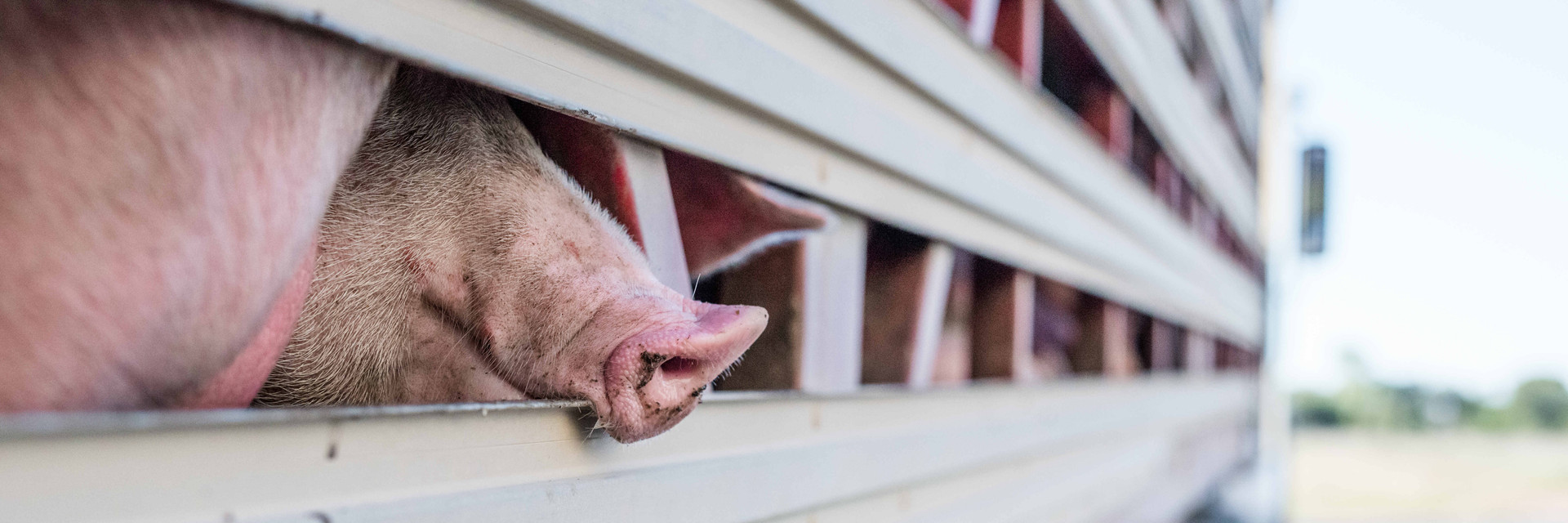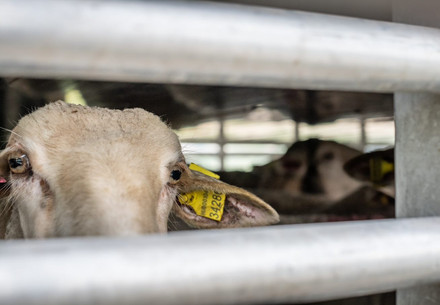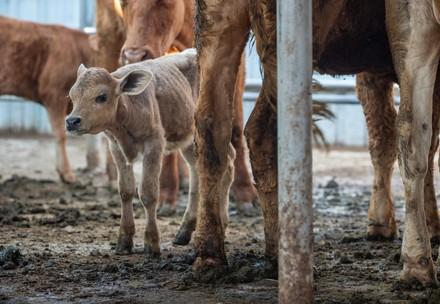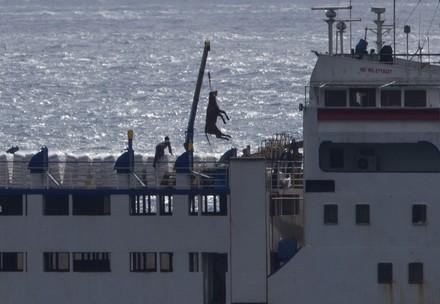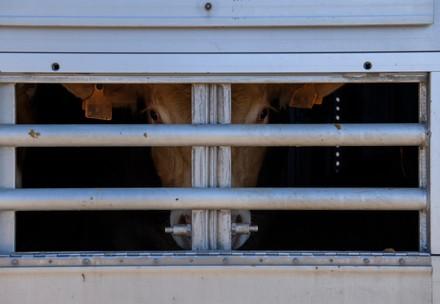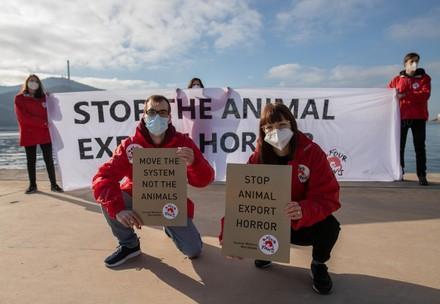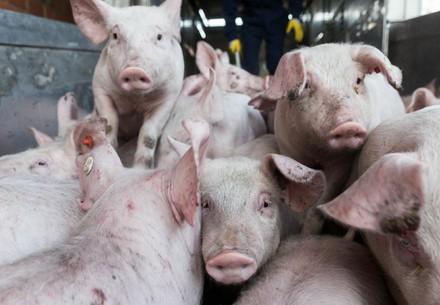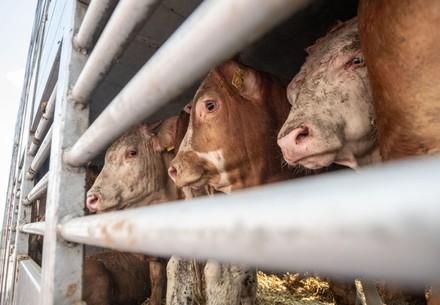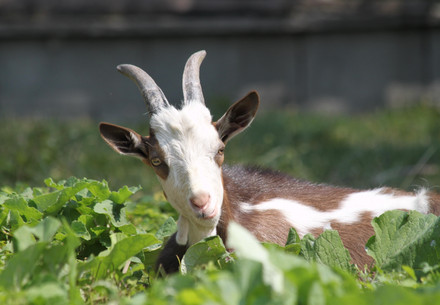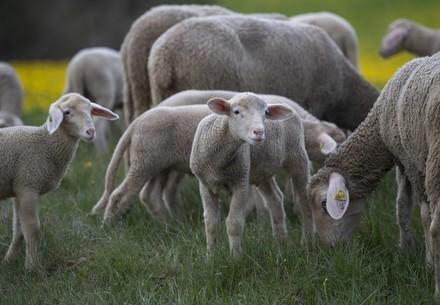Source: Eurogroup for Animals. Live Animal Transport: Time to Change the Rules. White Paper on the revision of Council Regulation (EC) 1/2005.
Live Animal Transport in Europe
Every year more than 1.5 billion poultry and 46 million live cattle, pigs, sheep, goats and horses that are transported across borders within the EU and to third countries. This is happening right now!

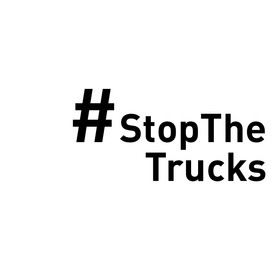
Note: Any advertisements that may appear during the viewing of this video are unrelated to FOUR PAWS. We assume no liability for this content.
Fast Facts
What you should know about animal transport
How do animals suffer on transports?
In particular, animals destined for slaughter are often transported for several days and weeks in disastrous conditions. Numerous animals sustain serious injuries and regularly animals die a torturous death during the journeys. Also, animals destined for breeding purposes are transported and suffer from terrifying conditions on these journeys that often last several days and even weeks.
In addition, many animals are bred, reared and slaughtered in different locations, resulting in several journeys that an animal has to undergo during its life.
The following grievances are regularly taking place during long distance live animal transports on the road:
- The maximum loading density is exceeded and does not allow animals to rest in a normal position.
- Insufficient height inside vehicles, especially during the transport of cattle in double-decker truck.
- Permitted transport time is exceeded and legally required resting stops are not taking place.
- Unsuitable loading ramps (e.g. too steep, slippery).
- Transport vehicles lacking suitable equipment for feeding and watering (esp. when transporting young, un-weaned animals).
- Transport of animals being unfit for transport (sick animals and such with broken limbs), transport of highly pregnant animals.
- Fights between animals originating from different stables within the vehicles.
- Rough handling of animals during loading and unloading, leading to fear and serious injuries of the animals.
- Poorly trained staff, badly paid drivers, reckless driving.
- Missing control posts (resting stations) in third countries to enable legally required resting intervals.
- Temperature limits within the vehicle are exceeded (> 30°C and < 5°C), the animals suffer from heat and cold, numerous animals die of heatstroke or freeze to death.
- Empty or frozen water supply leads to severe suffering and deaths.
Find out more in our questions and answers here.
Why is it still happening?
Government regulations and inspections are inadequate! There is a massive lack of controls and penalties. The already weak EU Regulation 1/2005 on the protection of animals during transport is regularly violated. The few resting stops that are legally required in the regulation and the maximum loading density on the vehicles are continuously disregarded.
Immediate measures and a change in the law are necessary to protect the animals! Sign our petition!
Find out more in our questions and answers here.
What are we doing?
In June 2024, EU citizens elected a new European Parliament. The Council of the EU and the European Parliament will now revise the EU Transport Regulation. We are working tirelessly to ensure that they introduce amendments to protect animals during transportation.
- On the European level, we ask for a revision of the weak EU Regulation 1/2005 to achieve an end of the cruel long-distance transports of live animals. FOUR PAWS is pleased to share with you this compilation of translations of important articles on the live transport of animals published in professional journals. Find out more here!
- We call for at least full compliance of existing regulations as a first step and consequent sanctions when infringements are obvious.
- In May 2020, the 'Farm 2 Fork' strategy was published where the Commission announced a revision of the transport regulation. This was a long overdue step and we fought for ambitious changes to the current laws, and an end to cruel live animal transports in third countries.
- In December 2023, the proposals for the changes in the current laws were released. Years of unwavering campaigning and lobbying have compelled the EU Commission to acknowledge severe animal welfare issues prevalent during live animal transport within and outside Europe. While it is good that some crucial issues are have gained recognition in the proposal, on the whole it lacks the bold ambition needed to address the significant pitfalls in animal welfare. Now, the proposal will undergo amendments by the Council of the EU (member states) and the EU Parliament, we will fight to make sure that more critical animal welfare issues are addressed.
Find out more in our questions and answers here.
What progresses are happening at EU level?
FOUR PAWS is committed to bringing an end to the cruel live animal transport through government collaboration on a national, EU and worldwide level. At EU level, the current legislation will finally be revised – but following the publication of the proposed changes, it is clear that more work must be done. Read more about the progress at EU level for live animal transport.
How can you help?
- Your purchasing habits and food choices decide day by day how animals are farmed and treated. Set a signal against live animal transport by replacing meat and animal products with plant-based alternatives as often as possible.
- When buying meat, always make sure that the animal was born, raised and slaughtered in your home country in order to avoid long-distance transports.
- Support our work: FOUR PAWS calls for a revision of transport regulation to end cruel transports and demands immediate action to address the worst animal welfare issues. Sign our petition!
FOUR PAWS demands:
- End long-distance animal transports
- Export ban on live animals to third countries
- Transport ban to countries that do not even comply with OIE standards
- Maximum transport duration of 8 hours (4 hours for poultry)
- Ban of transports of unweaned animals
- Ban of animal transports by sea
- Slaughter of animals at the nearest slaughterhouse
- A revision of the EU Transport Regulation 1/2005 to make cruel long distance transports of live animals end
- No approvals of animal transports by veterinary authorities, where it is already apparent from the transport planning that animal welfare regulations cannot be met
- No approvals of animal transports when temperatures are < 5°C or > 25°C
- Strengthening controls on live animal transports
- More sanctions in case of infringements
- Transport of meat and semen instead of live animals
- Own livestock breeding in third countries instead of importing breeding animals from the EU
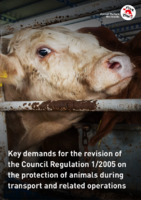
FOUR PAWS Key Demands
Animal transports cause immense animal suffering, which has been documented by animal welfare organisations and journalists for decades. In 2020, the Commission decided, as part of its “Green Deal”, to revise the current animal welfare legislation, including the EU Regulation 1/2005 on the protection of animals during transport.
Latest News & Updates
FOUR PAWS is advocating to improve animal welfare regulations to put an end to the cruel long-distance transports of live animals



